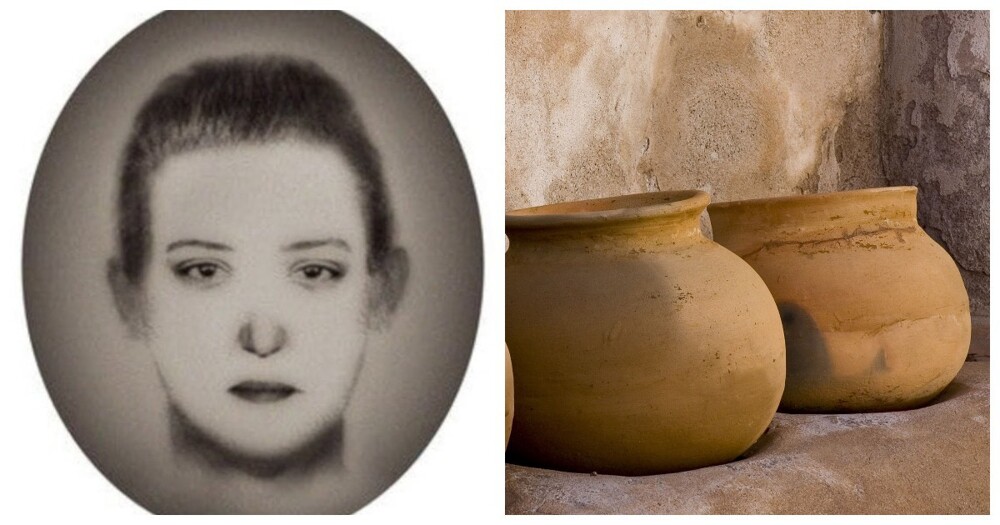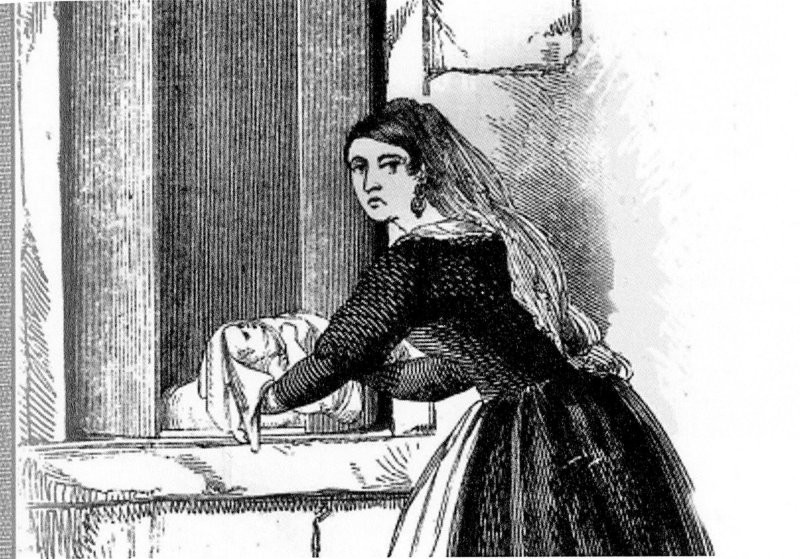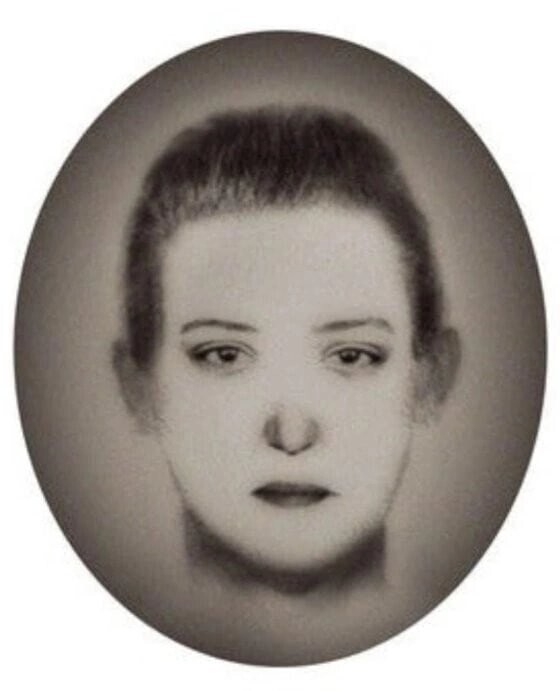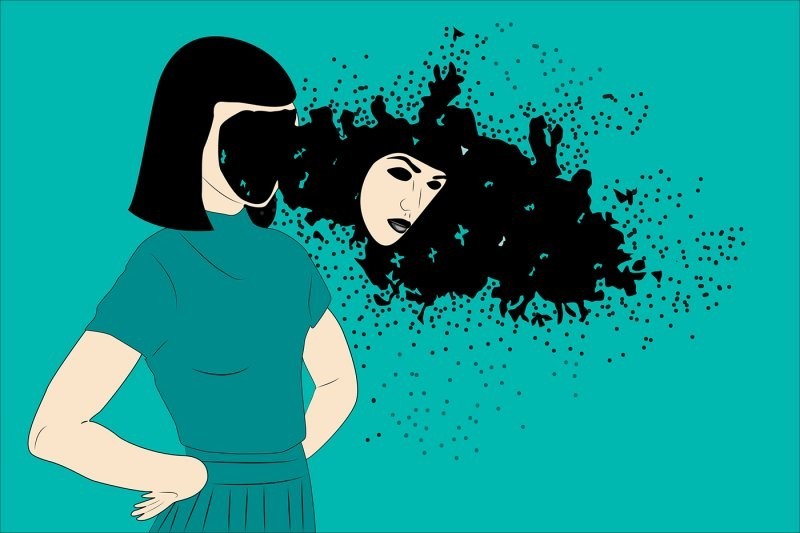This girl went down in history as the last criminal executed in Portugal. What could this young lady have done in the 23 years of her allotted life that she was awarded such a dubious honor? 
An ordinary family of farmers, Manuel and Mariana Rodrigues from Figueira de Lorvan, celebrated the birth of their daughter on December 10, 1748. The girl was named Louise, and during the first years of her life she did not stand out in any way.
Louise was orphaned early. And she made a living by delivering letters and parcels. She earned an impeccable reputation as a crystal-honest worker and found a second job - she got a job as a nurse in a foundling home in Coimbra.
Fox angel 
Woman placing baby in birth
Lisa’s responsibilities, as the girl’s acquaintances called her, included caring for abandoned babies whose parents, for one reason or another, did not want to raise.
The prototype of a baby box - a kind of hole in the wall with a cylindrical wooden device inside and a bell to alert personnel - appeared in Europe at the beginning of the 14th century. And his goal was to prevent the killing of babies.
The authorities encouraged the adoption of foundlings with small payments. And Lisa realized that this was a chance to get out of poverty. 
Coimbra
After this, no one showed any special interest in the fate of the children. They say they installed it and that’s okay. The girl decided to act on behalf of her clients to whom she delivered parcels. The practice of using intermediaries was common, and Louise's reputation was impeccable.
All the papers were drawn up by a notary, and after the baby was in the hands of the kind angel Fox, he had to fall into the hands of, if not loving, then at least caring parents.
Olive grove and clay pots 
But the earthly journey of the unfortunates ended here. The “angel” went to the Monte Arroyo mountain, the top of which was crowned by a shady olive grove, strangled the child and buried the body under the canopy of trees.
Sometimes the killer went even further: she brought the child home, dismembered it, and put the remains in pots, which she then buried in the ground or hid in straw.
For each child allegedly handed over to clients, the girl received 600 rials. And in six months of this “business” she managed to amass quite a fortune for a poor orphan.
Business collapse 
An identikit of Louise, compiled from a surviving description of her appearance
This is how the courier nurse “arranged” the fate of 32 babies. An incident changed everything. The killer became so relaxed that she stopped burying the corpses and simply threw them under the trees. Another of them was accidentally stumbled upon by a local resident, Angelica-Maria, who worked in the same shelter.
They took the fox into circulation and began checking. The well-fed notary issued documents on behalf of people who did not know about any adoption. And some of the applicants turned out to be fictitious.
Louise, an unscrupulous notary, and two shelter workers who were supposed to check on the families were arrested. Buried remains were found in the grove. The search of di Jesus' hut shocked even the law enforcement officers who had seen everything: the young woman lived calmly surrounded by containers filled with bones and decaying flesh. No ghosts of the innocently murdered Lisu visited.
Punishment 
What is noteworthy is that, according to the current law, a woman in Portugal was considered a minor before her 25th birthday. And her testimony, like the testimony of the killer who killed 34 children, should not have been taken into account in court.
But the judge made an exception, arguing that since the criminal had the intelligence to commit such atrocities, then she should bear full responsibility.
The execution of Lisa became indicative. The killer, dressed only in a sleeveless shirt, with a rope around his neck, was led throughout the city. On the scaffold, the woman's hands were cut off, doused with molten iron and strangled. The body was burned and the ashes were scattered so that not a hint of a monster would remain in this world. 
Some modern psychologists believe that the killer was mentally unstable, and violence in childhood could have left its mark. But most researchers are inclined to believe that Lisa was simply a serial killer whose only motive was the thirst for profit.
Add your comment
You might be interested in:
























